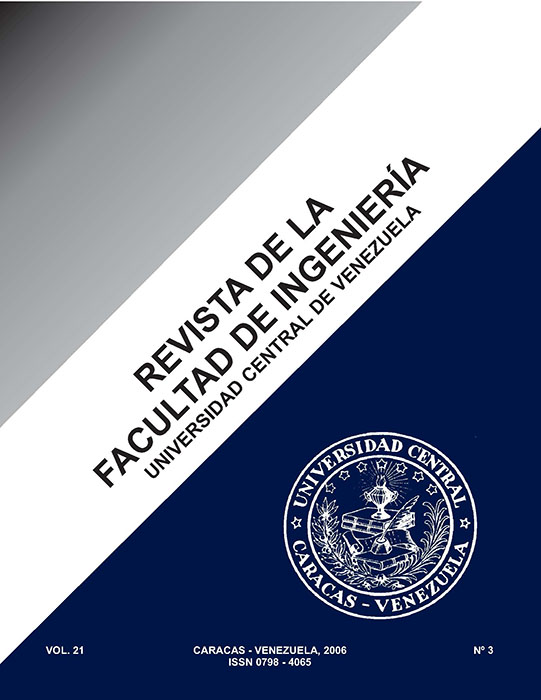Simulation of a cardiac cell. Part I: An electro-chemical model
Palabras clave:
Cardiac modeling, Cardiac cell, E-C coupling, Calcium dynamics, Cellular simulationResumen
A global model of the cardiac muscle cell is formulated, integrating the electrical and chemical dynamical aspects of the different components in the cytosol, the sarcoplasmic reticulum, and the cellular membrane (L-channels, Ryanodine channels, SERCA-pump, ATP-pump, Na+-Ca2+-exchanger, myofibrilles). The model is based on the idealization of the cell as a two-interconnected-stirred-tank-reactor system. It produces the expected time responses of the excitationcontraction (E-C) coupling, i.e. the oscillatory-bell-shaped curve in calcium dynamics and the characteristic plateau phase in membrane potential. Validations of the model with experimental data show that it can be adapted to represent cells of different species. Using sensitivity analysis, the phenomenological structure of the model allows the identification of the cellular sub-systems that are related to specific or altered dynamics, and hence the applications of the model in experiment design, drug-effect analysis and cardiac-pathology treatment.





